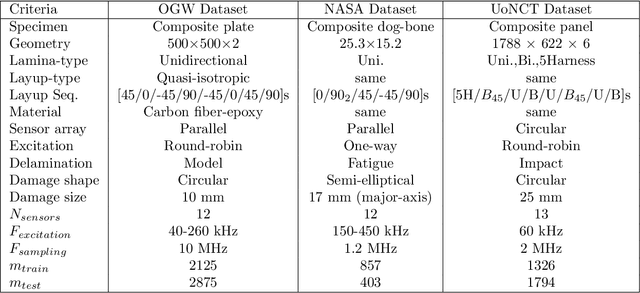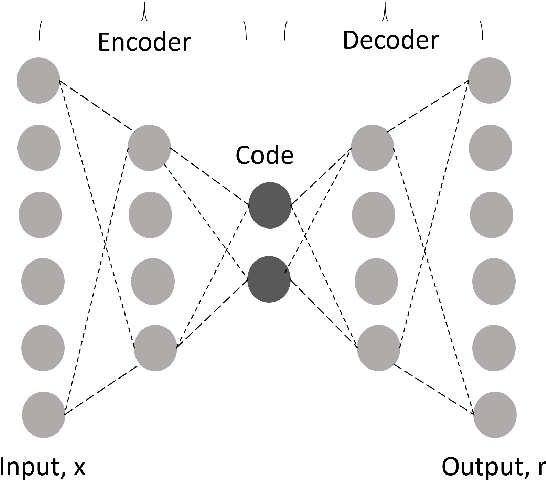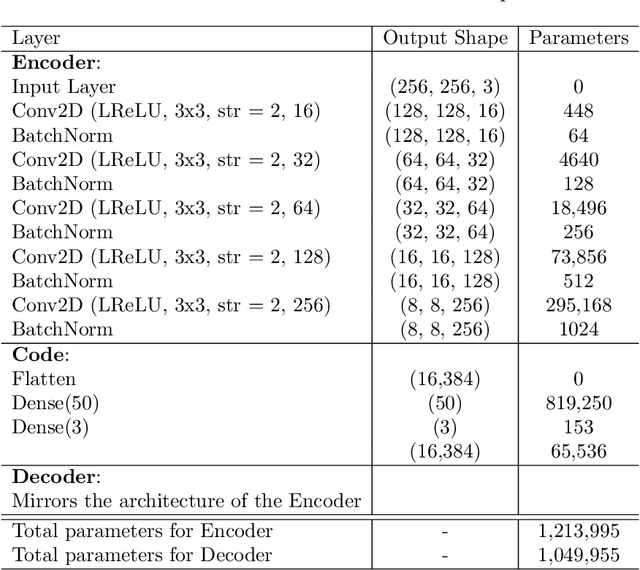Delamination prediction in composite panels using unsupervised-feature learning methods with wavelet-enhanced guided wave representations
Paper and Code
Apr 20, 2022



With the introduction of damage tolerance-based design philosophies, the demand for reliable and robust structural health monitoring (SHM) procedures for aerospace composite structures is increasing rapidly. The performance of supervised learning algorithms for SHM depends on the amount of labeled and balanced datasets. Apart from this, collecting datasets accommodating all possible damage scenarios is cumbersome, costly, and inaccessible for aerospace applications. In this paper, we have proposed two different unsupervised-feature learning approaches where the algorithms are trained only on the baseline scenarios to learn the distribution of baseline signals. The trained unsupervised feature learner is used for delamination prediction with an anomaly detection philosophy. In the first approach, we have combined dimensionality reduction techniques (principal component analysis and independent component analysis) with a one-class support vector machine. In another approach, we have utilized deep learning-based deep convolutional autoencoders (CAE). These state-of-the-art algorithms are applied on three different guided wave-based experimental datasets. The raw guided wave signals present in the datasets are converted into wavelet-enhanced higher-order representations for training unsupervised feature-learning algorithms. We have also compared different techniques, and it is seen that CAE generates better reconstructions with lower mean squared error and can provide higher accuracy on all the datasets.
 Add to Chrome
Add to Chrome Add to Firefox
Add to Firefox Add to Edge
Add to Edge